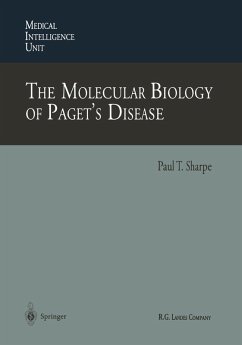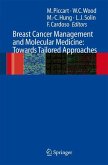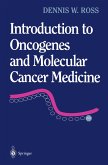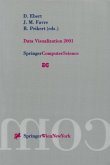The osteoclasts in Paget's disease are abnormal both in num ber and size and show nuclear inclusions as well as cytoplasmic inclusions that suggest a viral etiology for Paget's disease. Use of in vitro model systems for examining osteoclast physiology in Paget's disease has shown that these cells have an increased rate of formation, express high levels of IL-6, IL-6 receptor, and NF-IL-6, as well as most recently, the c-FOS protooncogene. 31 The precur sors for these pagetic osteoclasts have several abnormalities includ ing hyperresponsivity to 1,25-dihydroxyvitamin D , presence of 3 measles virus nucleocapsid transcripts, and hyperresponsivity to the marrow microenvironment. In addition, the marrow microenviron ment is also abnormal in Paget's disease. These data suggest that the initial pathologic event that occurs in Paget's disease affects the osteoclast precursor, as well as the mature osteoclast. The per sistence of Paget's disease as a highly localized lesion(s) in patients following diagnosis may be due to the abnormalities in the mar row microenvironment that induce abnormal circulating osteoclast precursors to "home" to the sites of previous disease and induce increased osteoclast formation in these areas. In areas of normal bone, the normal marrow microenvironment does not induce en hanced osteoclast formation, but allows these cells to differentiate toward the monocyte macrophage lineage in the form of mature monocytes.
Hinweis: Dieser Artikel kann nur an eine deutsche Lieferadresse ausgeliefert werden.
Hinweis: Dieser Artikel kann nur an eine deutsche Lieferadresse ausgeliefert werden.








